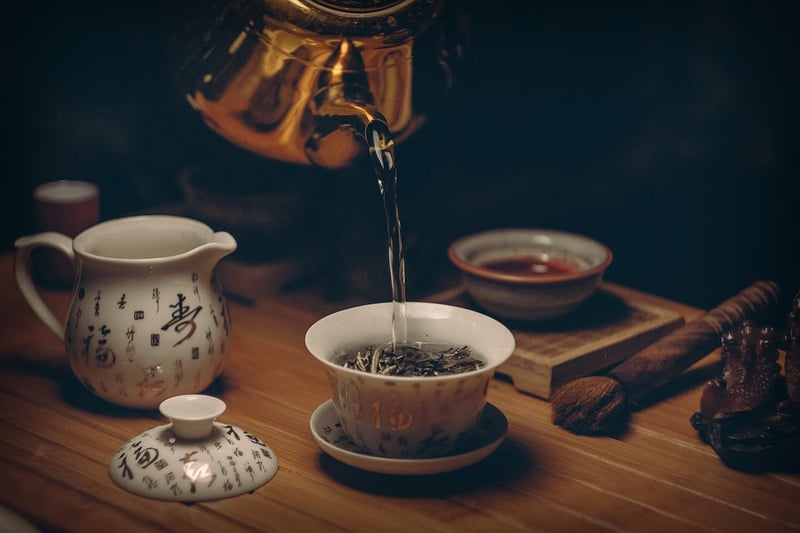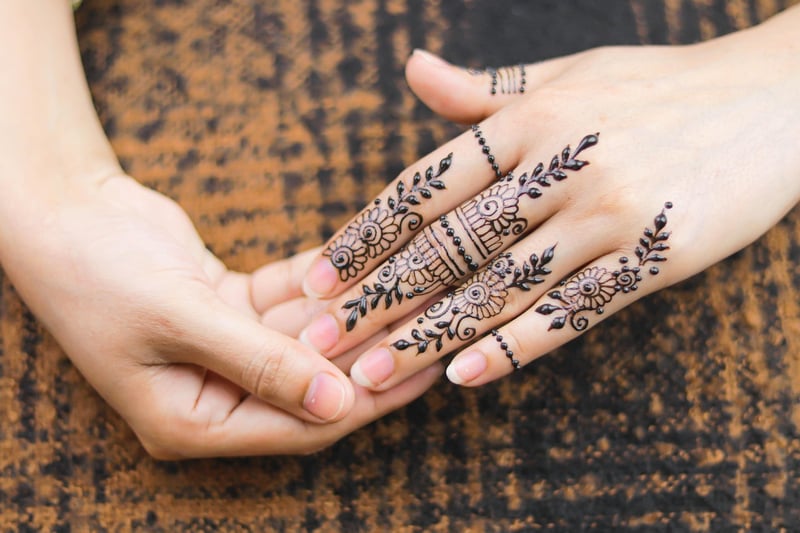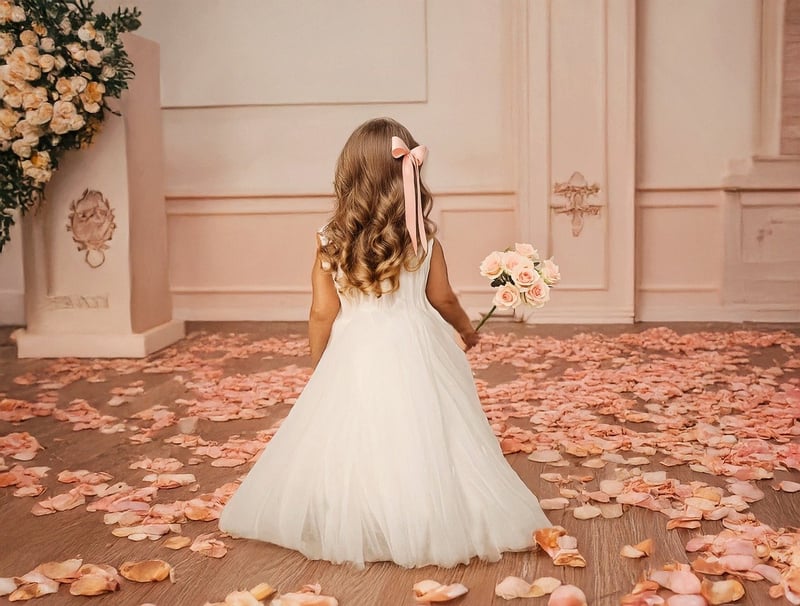Symbolic Gestures
Ceremonial Customs from Different Cultures and Symbolic Gestures
Introduction
Across the globe, various cultures have unique ceremonial customs and symbolic gestures that hold deep cultural significance. These traditions often reflect the values, beliefs, and history of a community, serving as a way to honor important events or individuals. Let's explore some fascinating ceremonial customs and symbolic gestures from diverse cultures around the world.
Japanese Tea Ceremony
The Japanese tea ceremony, known as "chanoyu" or "sado," is a traditional ritual centered around the preparation and consumption of matcha tea. This highly choreographed ceremony emphasizes harmony, respect, purity, and tranquility. Participants engage in precise movements and gestures while savoring the tea, symbolizing a moment of peaceful contemplation and connection.

Maasai Jumping Dance
The Maasai people of East Africa perform a unique jumping dance as part of their ceremonial traditions. Known as the "adamu," this dance involves high vertical jumps by warriors, symbolizing strength, agility, and vitality. The height of the jump is seen as a display of masculinity and prowess, with the dance often performed during special events and rites of passage.

Henna Tattooing
Henna tattooing, also known as "mehndi," is a ceremonial art form practiced in various cultures, including Indian, Middle Eastern, and North African traditions. Intricate designs are created using henna paste on the skin, typically during weddings, festivals, and other celebrations. These temporary tattoos symbolize joy, beauty, and auspiciousness, with each pattern holding its own significance.

Handfasting Ceremony
The handfasting ceremony, rooted in ancient Celtic traditions, involves the binding of a couple's hands with ribbons or cords to symbolize their union and commitment. This symbolic gesture represents the couple's pledge to support and care for each other as they embark on their journey together. Handfasting ceremonies are popular in modern weddings as a way to honor heritage and deepen the couple's connection.

Conclusion
Ceremonial customs and symbolic gestures play a vital role in preserving cultural heritage and fostering a sense of community and identity. By understanding and appreciating these traditions from different cultures, we gain insight into the values and beliefs that shape societies worldwide.
